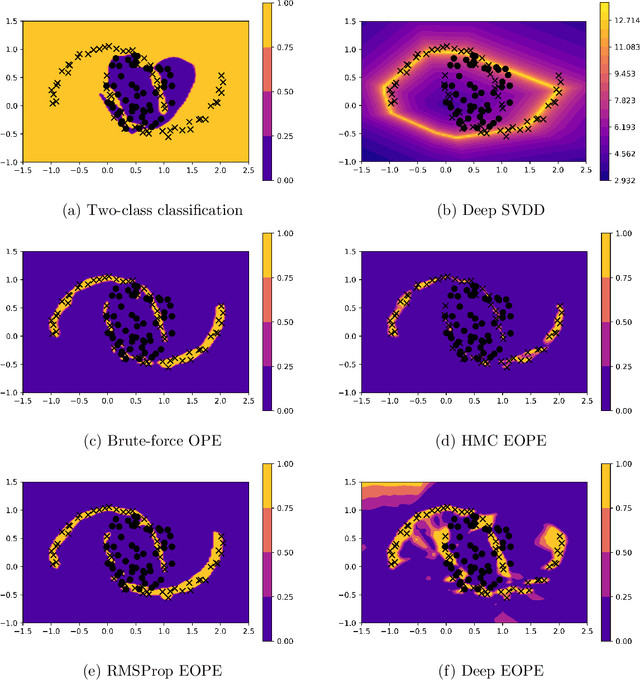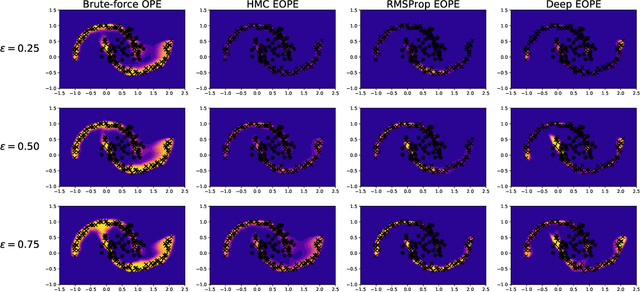Olga Mineeva
Don't Throw it Away! The Utility of Unlabeled Data in Fair Decision Making
May 11, 2022



Abstract:Decision making algorithms, in practice, are often trained on data that exhibits a variety of biases. Decision-makers often aim to take decisions based on some ground-truth target that is assumed or expected to be unbiased, i.e., equally distributed across socially salient groups. In many practical settings, the ground-truth cannot be directly observed, and instead, we have to rely on a biased proxy measure of the ground-truth, i.e., biased labels, in the data. In addition, data is often selectively labeled, i.e., even the biased labels are only observed for a small fraction of the data that received a positive decision. To overcome label and selection biases, recent work proposes to learn stochastic, exploring decision policies via i) online training of new policies at each time-step and ii) enforcing fairness as a constraint on performance. However, the existing approach uses only labeled data, disregarding a large amount of unlabeled data, and thereby suffers from high instability and variance in the learned decision policies at different times. In this paper, we propose a novel method based on a variational autoencoder for practical fair decision-making. Our method learns an unbiased data representation leveraging both labeled and unlabeled data and uses the representations to learn a policy in an online process. Using synthetic data, we empirically validate that our method converges to the optimal (fair) policy according to the ground-truth with low variance. In real-world experiments, we further show that our training approach not only offers a more stable learning process but also yields policies with higher fairness as well as utility than previous approaches.
$(1 + \varepsilon)$-class Classification: an Anomaly Detection Method for Highly Imbalanced or Incomplete Data Sets
Jun 14, 2019



Abstract:Anomaly detection is not an easy problem since distribution of anomalous samples is unknown a priori. We explore a novel method that gives a trade-off possibility between one-class and two-class approaches, and leads to a better performance on anomaly detection problems with small or non-representative anomalous samples. The method is evaluated using several data sets and compared to a set of conventional one-class and two-class approaches.
 Add to Chrome
Add to Chrome Add to Firefox
Add to Firefox Add to Edge
Add to Edge